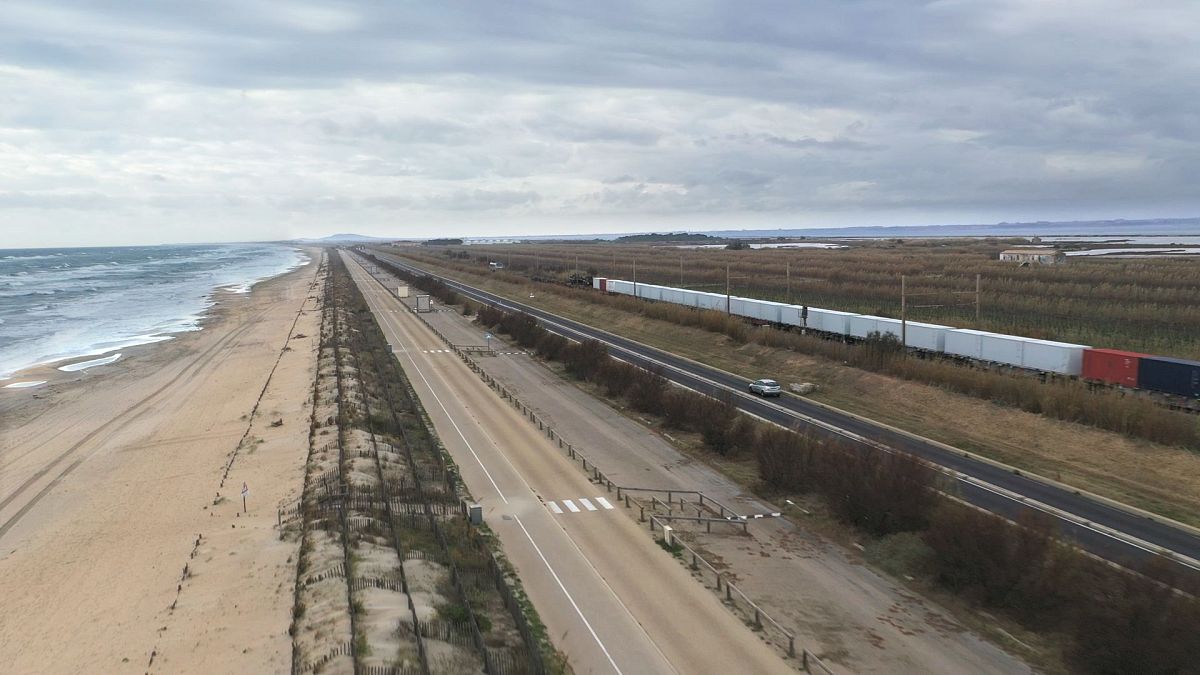How the Lido de Marseillan in Sète is being preserved and redeveloped - that's this week on Smart Regions.
The Lido de Marseillan in Sète, located in the Occitanie region in the south-east of France, is a 12km stretch of sand by the Mediterranean.
The narrow strip of land is a natural shield for the Etang de Thau lagoon - as it separates it from the sea.
However, the area is at risk of ongoing coastal erosion.
In this week's Smart Regions, Euronews finds out how a European protection and development project is helping to safeguard the area.
Protecting the Sète Lido
Preserving the lido is essential for the preservation of the Thau lagoon's ecosystem and the region’s economic and tourism activities.
Work started on it 17 years ago and finished last year.
Yvon Iziquel is the head of natural space at Sète agglopôle méditerranée. He told us more about the thinking behind the development: "The main idea of the project was to say that we are not going to carry out work to fight against the sea and erosion, on the contrary, we are going to try to deal with them.
"We're going to give the sea back its space, and to do that, we're going to move the road and reconstruct a 70-metre-wide beach with these dunes to protect it," he said.
Key developments
The work carried out on the lido has involved moving existing infrastructures and creating new ones, including parking areas, dune ridge crossing points, and a cycle path.
The beach has been expanded, and the coastal road maintained. It has also helped economic activities like tourism and shellfish farming.
Drains have also been buried under the beach in the surf area, designed to dry out the sand so that it remains on the beach.
A wave attenuator in the form of a geotextile tube was also installed to reduce the impact of swell surges on the coast, causing the waves to break offshore.
The total budget for the project amounted to €55m - 28% of it was provided by the EU Cohesion Policy, and the remaining 72% by the French State.
Economic activities
The stakes are high to protect the area.
The lagoon alone provides 80% of the French production of Mediterranean oysters and mussels.
If the lido was to disappear, it would endanger the ecosystem and the economy, as Laurent Arcella from Atelier & Co explained.
"We are 500 to 550 oyster farmers, so that represents between 2000 and 5000 jobs today.
"If oyster farming stops tomorrow, it will be an economic disaster, but it will also be an environmental disaster.
"We make a living from our profession.
"We embody a land and we can communicate on it and show it to tourists all year round," he added.
Coastal erosion is a problem shared by many countries, and whilst nobody can stop it; such projects can at least help protect areas from more damage - and support redevelopment.

